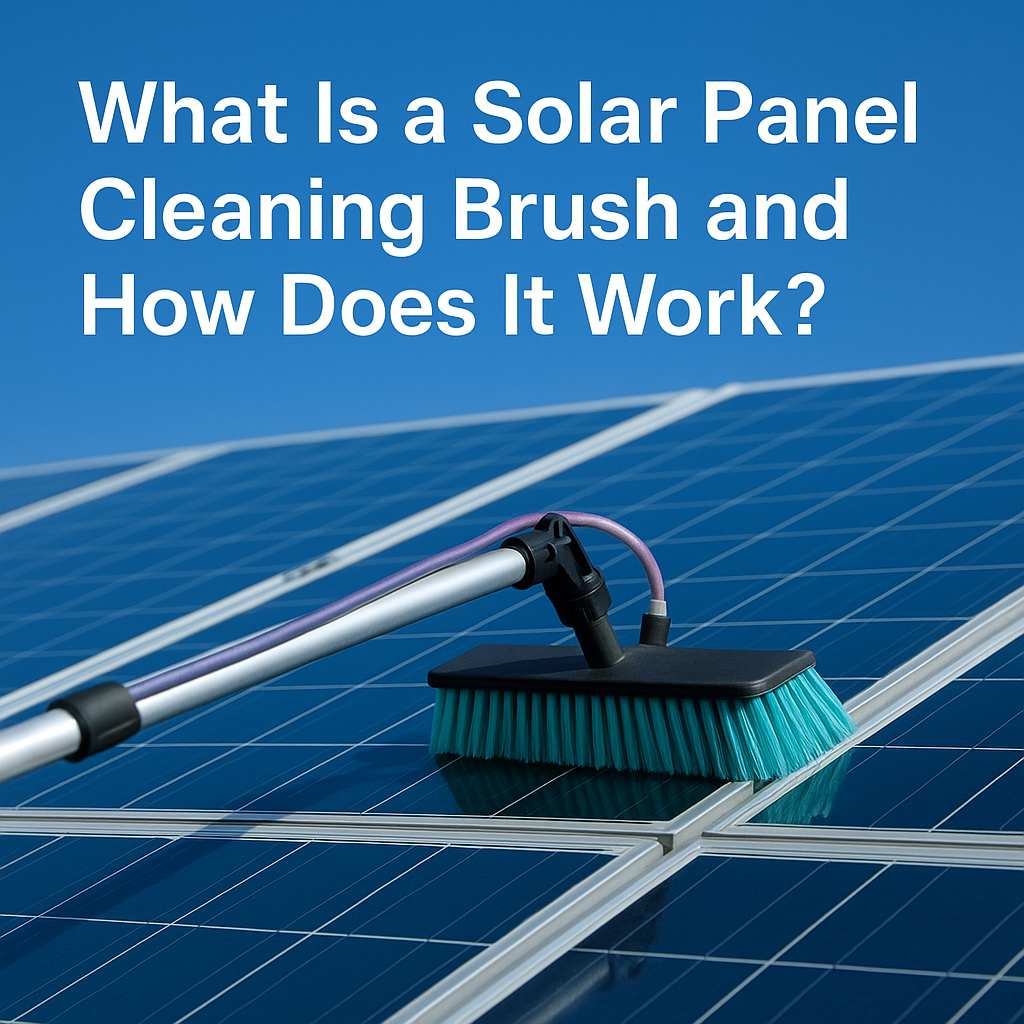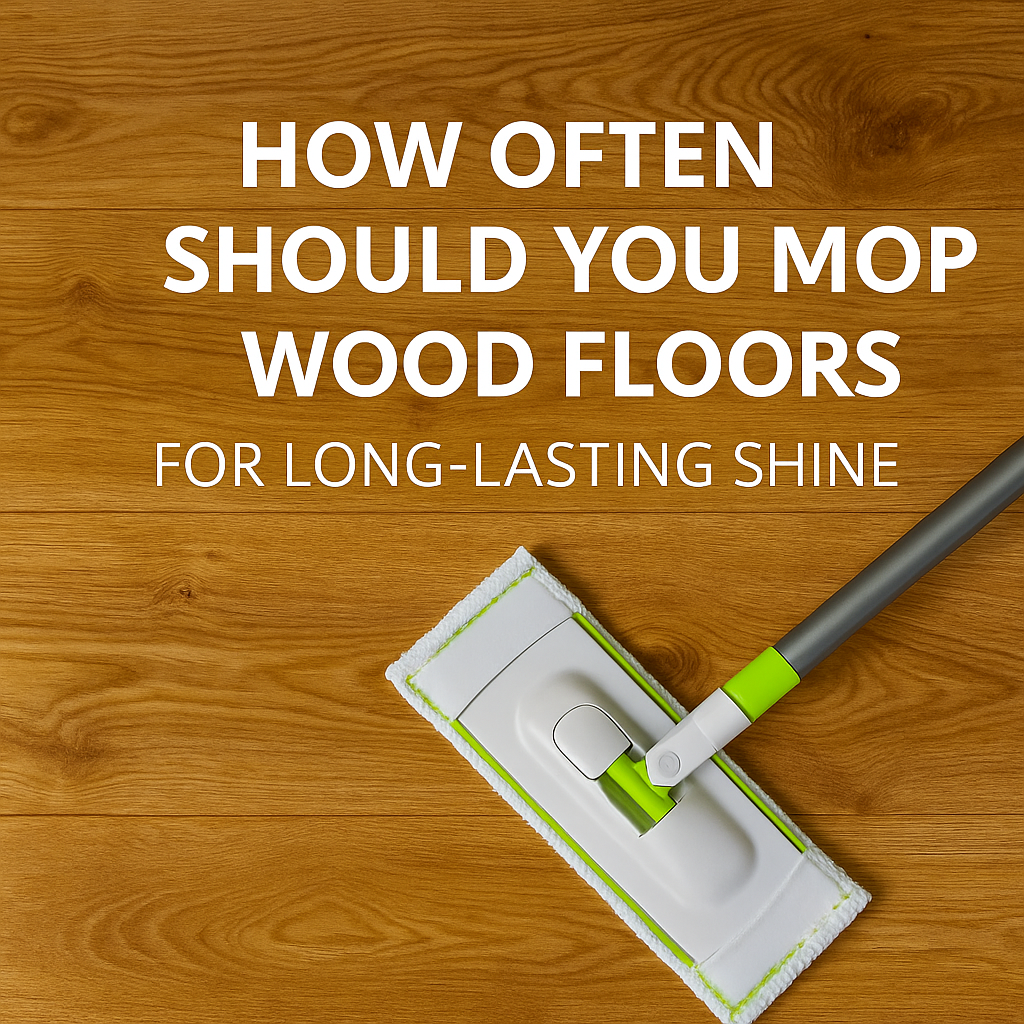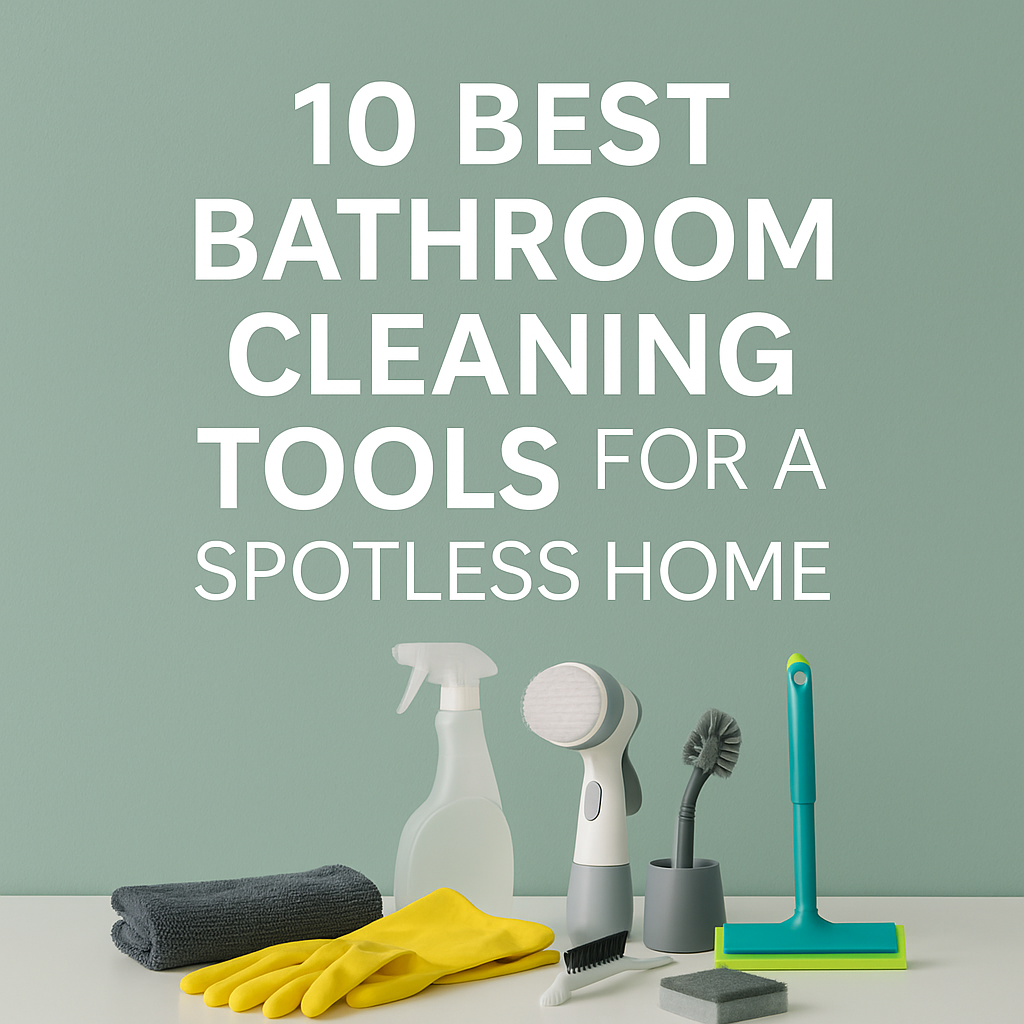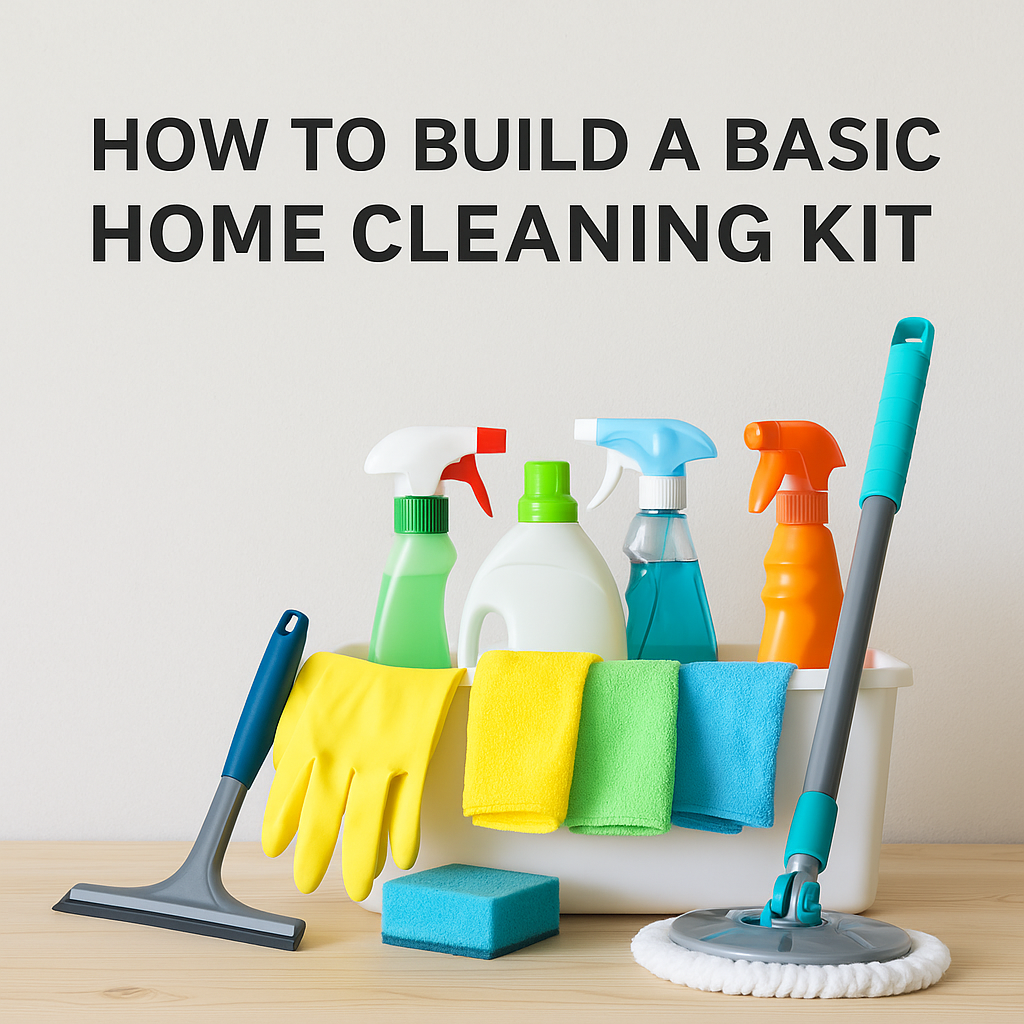Solar panels are designed to turn sunlight into electricity, but they can’t do that properly if the glass surface is covered in dust, mud, pollen, or bird droppings. The more dirt that builds up, the less sunlight reaches the solar cells. A solar panel cleaning brush is the tool that keeps panels clear, safe to clean, and working at their highest capacity.
Most people know panels need cleaning, but very few actually understand how the cleaning brush works, why it’s better than normal brushes, and how much of an impact it makes on efficiency. This guide covers every question people usually ask and even the ones most don’t think of, so by the end, you’ll know exactly how to care for your panels the right way.
How a Solar Panel Cleaning Brush Differs From Regular Brushes
Solar panels have a glass coating on them that is softer than car windshields. Scratches can block light permanently. A solar panel cleaning brush is designed with soft bristles or microfiber that gently lifts dirt without grinding it into the glass.
Regular household brushes, brooms, or sponges often leave micro-scratches. Over time, those scratches reduce how much sunlight gets through, cutting energy production. This is why solar panel manufacturers recommend dedicated brushes instead of DIY tools.
Many solar panel brushes also have water-fed technology. Water flows through the brush head as you scrub, washing away particles instantly. This lowers the chance of streaks and avoids the need for harsh chemicals.
How the Brush Actually Works During Cleaning
When the brush glides over the panel, it loosens dust, pollen, or hardened bird droppings. With a water-fed brush, clean water continuously rinses the dirt away. Without water flow, the brush still works but usually needs a spray bottle or hose alongside it.
The length of the brush handle matters too. Panels on rooftops can be dangerous to reach, so telescopic poles allow you to stand safely on the ground or at the edge of the roof. Some poles extend up to 20 feet, letting you clean entire rows of panels without climbing on them.
Another small but useful detail is brush width. Wider brushes cover large areas faster, while narrower ones help with small residential systems where precision matters.
Why Cleaning Panels Regularly Makes a Big Difference
A thin layer of dust may not look like a problem, but it can reduce efficiency by 5–10%. In dusty areas or near factories, performance loss can reach 30% or more. In money terms, that means panels you paid thousands for are producing far less power simply because of dirt.
Bird droppings and sticky pollen are even worse. Unlike dust that may rinse off with rain, these stay stuck until you scrub them away. If they sit for months, they can harden and block light permanently. That’s why regular cleaning with a solar panel brush is one of the easiest ways to protect your investment.
How Often Should You Use a Solar Panel Cleaning Brush?
There isn’t one fixed schedule because it depends on your location:
-
Dry and dusty areas: Clean once every 3–4 weeks.
-
Urban or industrial zones: Smog and pollution require cleaning every 1–2 months.
-
Rainy climates: Rain helps but doesn’t fully clean. A brush is still needed 2–3 times a year to remove sticky dirt.
-
Near trees: Expect to clean more often because of sap, pollen, and bird activity.
One helpful trick is to monitor your solar system’s energy output. If you see a sudden drop compared to normal weather conditions, dirty panels are often the reason.
Best Way to Clean Solar Panels With a Brush
Cleaning is safest in the morning or evening when the panels are cool. Midday sun heats the glass, making water evaporate quickly and leave streaks.
Start by rinsing the panels lightly with water to loosen debris. Then, move the brush in gentle, circular motions or smooth straight strokes across the glass. If you’re using a water-fed brush, keep the water running until all dirt is rinsed away.
Do not use detergents unless absolutely necessary. Many soaps leave a thin film that attracts even more dust. Pure water and the brush are usually enough.
Common Mistakes That Damage Panels
People often think stronger cleaning means better cleaning, but with solar panels, that mindset can ruin them. Here are mistakes to avoid:
-
Using a pressure washer: The high force can crack seals around the panel edges.
-
Standing or walking on panels: Even light weight can cause micro-cracks inside the solar cells.
-
Scrubbing with steel wool or rough pads: These leave permanent scratches.
-
Cleaning during peak sunlight: Hot glass plus cold water can cause thermal stress, sometimes leading to cracks.
Unknown Tips Most People Don’t Know About
Most blogs only tell you to brush panels regularly, but here are some practical, less-known tips:
-
Use deionized water: If you live in an area with hard water, using normal tap water can leave white mineral stains. Deionized water prevents streaks completely.
-
Tilt angle matters: If your panels are at a steep angle, dust and water drain faster. Flat panels need brushing more often because water pools and leaves residue.
-
Clean after sandstorms or heavy winds: Even if the panels look fine, microscopic sand particles reduce light transmission.
-
Seasonal cleaning: After spring pollen season or after monsoon rains, panels usually have stubborn layers that only a proper brush removes.
-
Dry check: After cleaning, run your hand gently across the dry panel. If it feels rough or gritty, there’s still dirt that needs brushing.
Benefits of Owning a Solar Panel Cleaning Brush
Owning your own brush saves money in the long run. Professional cleaning services charge per visit, and if you need cleaning multiple times a year, costs pile up. With a one-time purchase, you clean whenever you need.
It also saves time. Waiting for service schedules can delay cleaning, meaning your system keeps losing efficiency. Having your own brush lets you act immediately when dirt is visible.
Most importantly, it protects your warranty. Many solar panel warranties get voided if the damage is caused by wrong cleaning methods. Using the right brush is the safest way to stay covered.
Conclusion
A solar panel cleaning brush is not just a cleaning tool; it’s the simplest way to keep your energy system performing at its best. Clean panels work longer, generate more power, and save more money. By using the right brush with soft bristles or microfiber, avoiding harsh detergents, and cleaning regularly based on your environment, you protect both the glass surface and the return on your solar investment.
At Zidello, we provide reliable, high-quality solar panel cleaning brushes that make maintenance safe and easy. If you want your panels to last longer, generate maximum power, and stay spotless without risking damage, check out Zidello’s range today and get the right brush for your solar setup.







